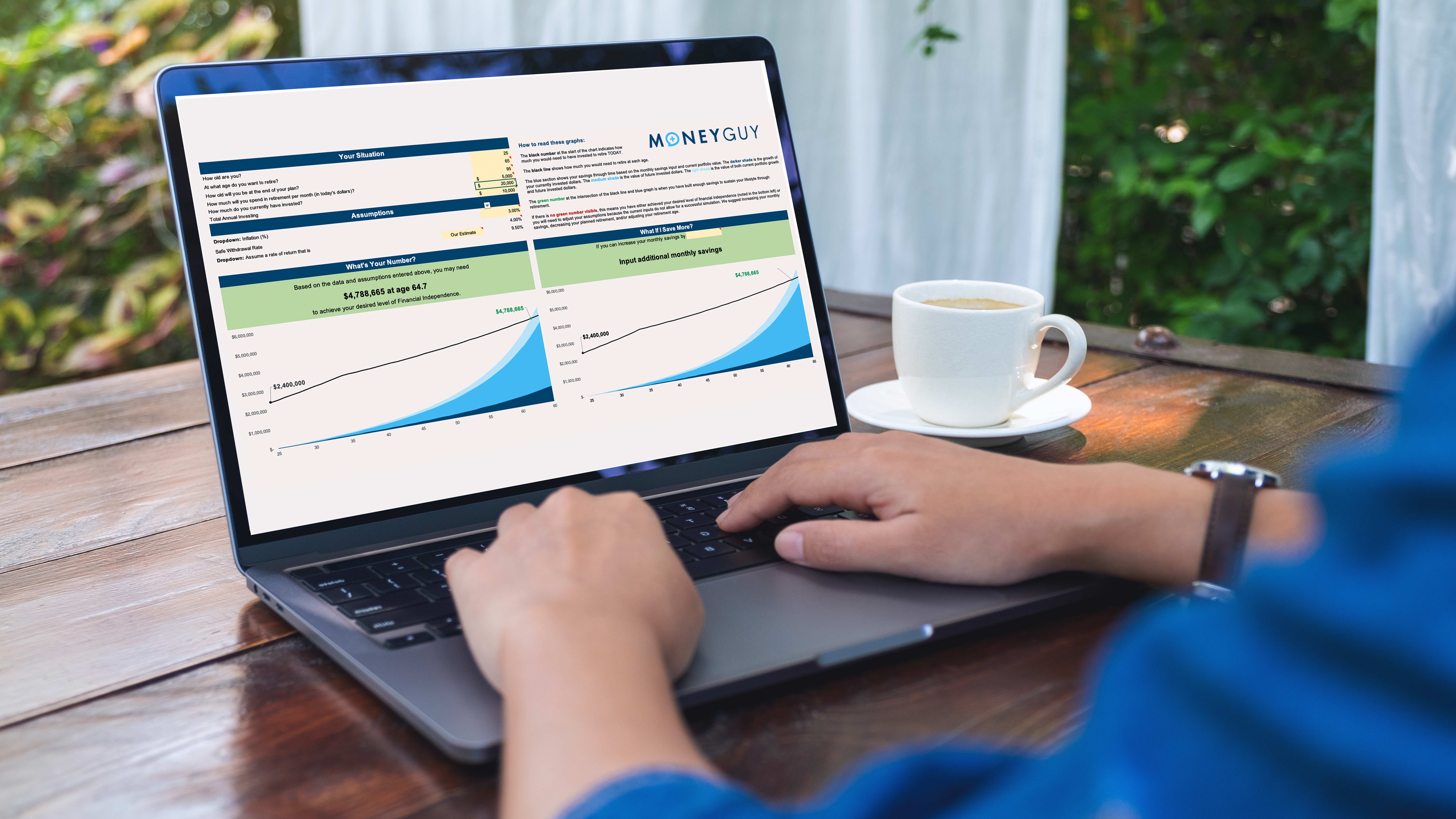
With nearly 2000 index funds to choose from, finding one that speaks to you and your financial goals can be a little tricky. A lot of people simply pick a fund at random without giving much thought to whether it really meets their needs.
Picking a name out of a hat might be the quickest way to choose an index fund, but it’s definitely not the smartest way. And it surely isn’t the best approach if you’re trying to secure your financial security. There are fees to consider, as well as a handful of other determining factors.
You don’t have the time to sift through thousands of options, so here is a simple guide to help you decide.
Is an Index Fund for You?
The first step is deciding if an index fund is for you, rather than (or in addition to) a managed mutual fund. Basically, an index fund is passively managed, meaning it has fewer fees and potentially more money for you, but it may also be less steady than you prefer.
Additionally, an index fund can give you more detail about what exactly you are investing in. Assuming you are slightly more adventurous and like to know where your money is going, keep the following framework in mind.
Basic Criteria
No matter what type of fund you are investing in there are a couple of bedrock principles to consider.
Minimums: There is a pragmatic reality that you may be looking to invest a modest amount of money. Most index funds have minimum investment thresholds, so you can take an easy first step by eliminating those funds whose minimums are beyond what you are willing or able to provide.
Track record and performance: Even high risk investors want to, or should, have a base level of confidence in the fund. This can be measured by some facts about it – the age of the fund and its performance.
Types of Index Funds
Diving a little deeper, you should understand that there are three basic types of index funds. The key differences between them are how they “weigh” different types of securities (traded companies). Assigning more “weight” means you allocate a greater percentage of your portfolio to those securities with greater weight. There are three basic approaches to weighing the security.
- Market Cap weight.These funds place more weight on larger companies with longer track records. This is the most traditional form of index fund, and is generally considered the least volatile.
- Equal weight.These funds place equal weight across all companies participating in the fund, large or small. The result is a larger proportion of their investment is allocated to investments in smaller companies than in a market cap fund. In concept, you get a higher return from the smaller securities when the market is growing. The downside is that it could be more volatile in a weaker market.
- Fundamentals weight.This model uses performance metrics considered business fundamentals such as dividends, cash flow, earnings, and more to weigh allocation among securities. In this model, weight is assigned according to each company’s performance in the selected metric(s). Some funds might weigh one metric more than another. Additionally, there is more discretion on the part of the investor to target securities performing better across a favored metric (e.g. earnings).
Picking the Right Fund for You
Selecting your fund boils down to a fundamental decision about your tolerance for risk and your goals for your money.
If you are a little more adventurous and have a higher tolerance for volatility and/or a passion for scrappy smaller companies, you might be well served by an equal weighted fund. Sticklers for specific metrics can geek out with a fundamental weighted approach.
If larger companies provide more confidence because their size and tenure gives them some stability, a Market Cap approach can help you sleep better at night.
Finally, you might even choose to mix it up a little and track to see what type of index fund works best for you. Gauging your tolerance for risk often takes experience to find out exactly where you land.














